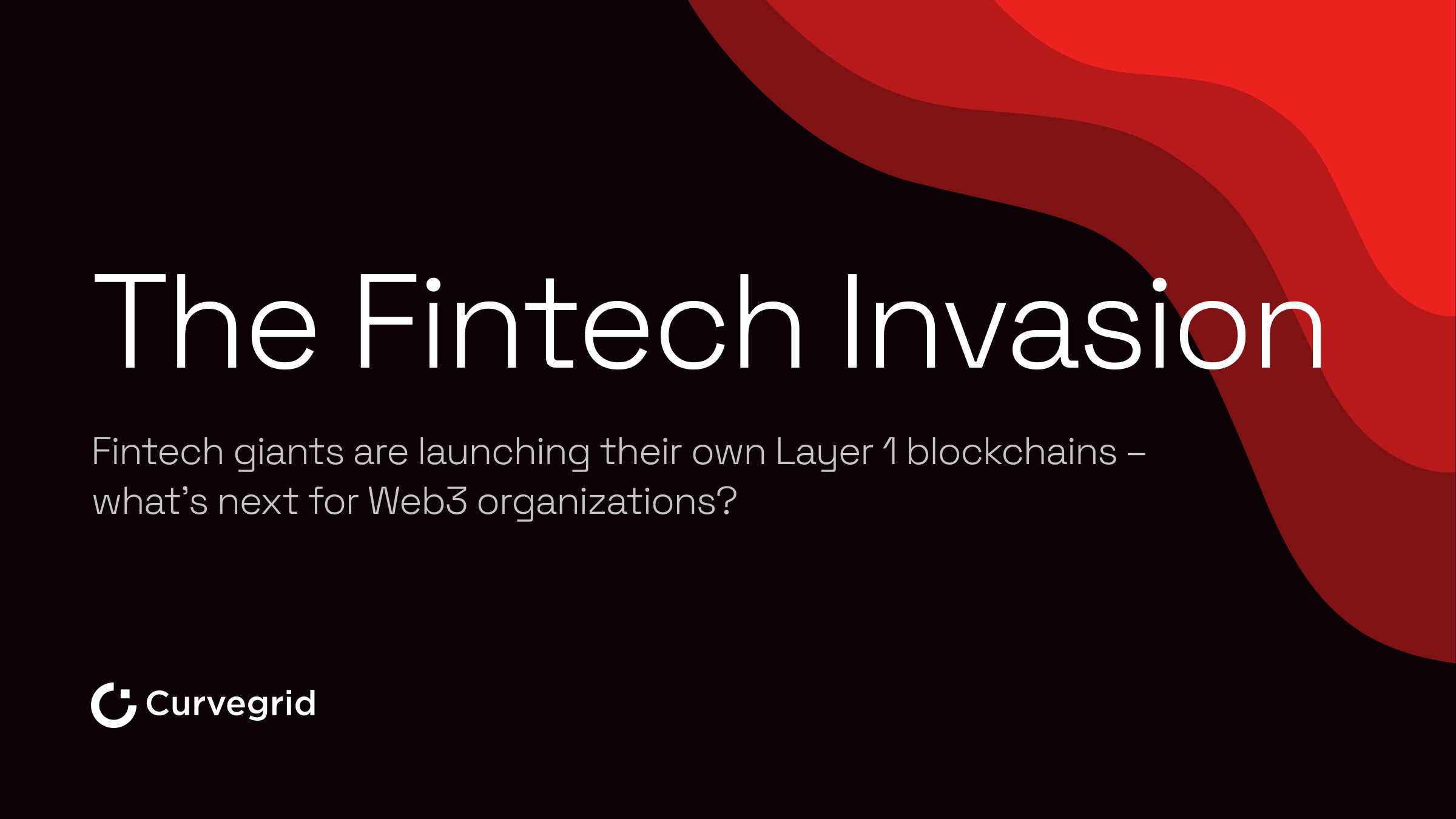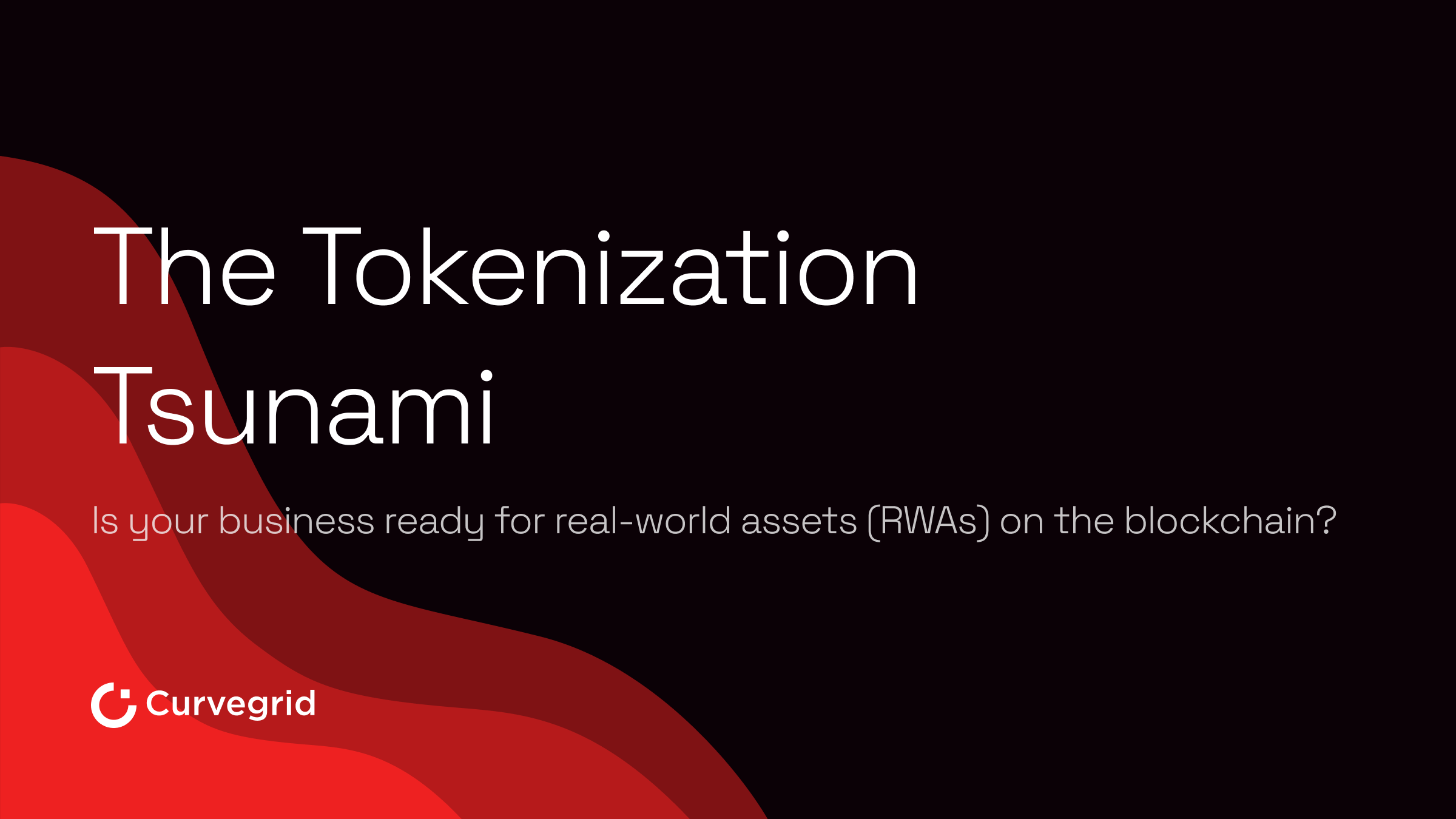TL;DR
- Holesky was launched on September 2023, replacing the Goerli test network
- This new network uses Holesky ETH tokens and serves as a test environment for consensus staking, infrastructure, and protocols
- Sepolia continues to be the recommended testnet for developing EVM-compatible applications
- Goerli is no longer a supported test network on MultiBaas
On March 13, 2024, the Dencun upgrade was successfully implemented on Ethereum, introducing proto-danksharding, a type-3 transaction model referred to as blobs (EIP-4844). Because of this update, the Ethereum Foundation stated that the Goerli testnet, Ethereum’s first multi-client support test network, would have to be phased out.
In anticipation of Goerli’s deprecation, the Holesky testnet was launched in September 2023. Holesky is recognized as the first long-standing Proof-of-Stake (PoS) test network merged from genesis, meaning it never existed as a Proof-of-Work (PoW) network as seen with previous versions.
Issues with Goerli
Before Holesky was introduced, Goerli was used by protocol developers for testing network upgrades while stakers were involved in test-running validators.
Towards the end of its lifecycle, Goerli ETH became difficult to acquire. This scarcity led to the creation of an active market where users had to purchase Goerli test tokens with real money, even reaching an all-time-high of $1.60 in February 2023. The testnet’s direction deviated from its intended course as it faced challenges with scalability, speed, security, and scarcity.
As part of Ethereum’s post-Dencun upgrade plans, Goerli was deprecated in April 2024 and fully replaced by Holesky testnet. Existing Goerli validators were shut down and prompted to migrate to either Sepolia or Holesky. Following this update, support for the Goerli test network has been discontinued on our middleware, MultiBaas.
Holesky launches on Ethereum
Holesky was initially scheduled to go live on September 15, 2023 (the first anniversary of The Merge), however, it failed to launch due to a misconfiguration on the ExtraData field of the Execution Layer Genesis file. The network was successfully relaunched on September 28, joining Sepolia as a primary testing environment for Ethereum.
One of the main benefits of the Holesky testnet is that it has 1.46 million validators protecting its network integrity, which is the biggest public network to date. That is more than the ETH mainnet (700,000) and Goerli testnet (512,000) combined. At launch day, approximately 2 billion Holesky ETH was allocated to bootstrap the network, creating “virtually unlimited ETH reserves” to resolve Goerli’s scarcity problems.
Another advantage to Holesky is that it is compatible with Sepolia testnet. While Sepolia continues to be used for DApp stress tests, smart contract experiments, and other EVM functions, Holesky is designed for more technical purposes such as experimenting with staking designs, general infrastructure, and protocol-level ideas. It includes its own set of validators, a block explorer, and various faucets.
Holesky also offers the advantage of a staking mechanism where validators can stake Holesky ETH when participating in the new testing network.
In the Ethereum ecosystem, Sepolia serves as a developer’s playground with unlimited testnet tokens, while the main purpose of Holesky is to test validators and staking functions. Public validators can join, which can be particularly useful for node operators and DVT (distributed validator tech) projects that undergo public testing.
Holesky testnet faucets
Considerations
To get started, the Holesky test network needs to be imported to a wallet, if it is not already included. Users can manually input the following technical specifications:
(Source)

As with any test network that follows a lifecycle, it’s worth noting that Holesky will remain operable until its projected end-of-life date in December 2028. (Source: Github)
Additional links and resources
- Watch how Holesky went live in this launch call: EthStaker Holešky testnet launch call
- Monitor real-time data on the Holesky block explorer: https://holesky.beaconcha.in/
- Review the public testnet genesis file on https://github.com/eth-clients/holesky
- https://u.today/guides/ethereum-goerli-testnet-just-replaced-by-holesky-what-you-need-to-know
- https://blog.ethereum.org/2024/01/24/sepolia-holesky-dencun
- https://blog.chain.link/sepolia-vs-holesky-comparison/
- https://everstake.one/blog/new-ethereum-testnet-holesky-all-you-need-to-know-now
- https://etherworld.co/2024/01/08/goerli-deploying-last-ethereum-upgrade-on-jan-17/
The Holesky test network, along with many other EVM-compatible chains, is supported on our core middleware solution, MultiBaas. Learn more at https://docs.curvegrid.com/multibaas/.



